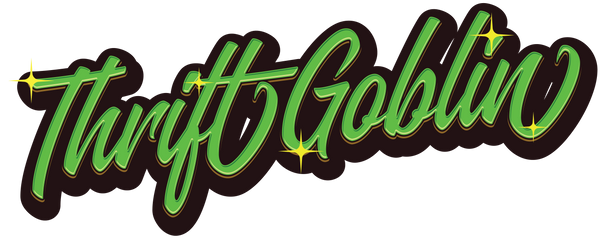Color Play – A Goblin’s Guide to Mastering the Art of Color Coordination
Color Play – A Goblin’s Guide to Mastering the Art of Color Coordination
Introduction:
Color isn’t just something you wear—it’s a weapon in your style arsenal. The right color combinations can make your outfit pop, while the wrong ones can leave you looking washed out. The Thrift Goblin is here to help you master the art of color coordination, so every outfit you put together is a winner.
1. The Basics of Color Theory: Know Your Wheel
Description: Understanding the color wheel is the first step to becoming a master of color coordination. Let’s break it down so you can mix and match with confidence.
- Primary Colors: Red, blue, and yellow—these are the building blocks of every color you see. They’re bold, they’re classic, and they’re a great starting point for any outfit.
- Secondary Colors: Green, orange, and purple—created by mixing primary colors. These add a bit of flair without going overboard.
- Tertiary Colors: Think of these as the in-betweens, like blue-green or red-orange. They’re perfect for when you want to add a little complexity to your look.
- Goblin Tip: Stick with complementary colors (opposites on the wheel, like blue and orange) or analogous colors (next to each other on the wheel, like red and orange) to create harmony in your outfit.
2. Neutral Ground: The Power of Neutrals
Description: Neutrals are the unsung heroes of your wardrobe. They provide the perfect backdrop for any outfit and help your brighter pieces stand out.
- Key Neutrals: Black, white, gray, navy, and beige are your go-tos. They’re versatile, timeless, and work well with almost any color.
- Using Neutrals: Use neutrals to anchor your outfit—think a white tee under a colorful jacket or black jeans paired with a bright shirt. They balance out bold colors and keep your look grounded.
- Goblin Tip: Don’t underestimate the power of an all-neutral outfit. Mixing different shades of gray, beige, or navy can create a sophisticated, understated look.
3. Bold Moves: Adding Pops of Color
Description: Ready to make a statement? Adding pops of color is an easy way to elevate your outfit and show off your personality.
- How to Add Color: Start small with accessories like ties, socks, or a watch strap in a bold color. Once you’re comfortable, move on to larger pieces like jackets or pants.
- Balancing Color: If you’re going bold with one piece, keep the rest of your outfit neutral to avoid clashing. For example, pair a bright red jacket with a black tee and jeans.
- Goblin Tip: Use color to draw attention to your best features. A vibrant shirt can highlight your chest and shoulders, while bright pants can make your legs look longer.
4. Color Blocking: The Art of Contrast
Description: Color blocking is all about pairing solid blocks of color together to create a bold, eye-catching look. It’s a powerful technique that can transform even the simplest outfit.
- Basic Color Blocking: Start with two colors that contrast but complement each other, like blue and orange or green and red. Keep the rest of your outfit simple to let the colors do the talking.
- Advanced Color Blocking: Once you’ve mastered the basics, try mixing three or more colors. Just make sure to balance the intensity—pair a bright color with a muted one to avoid overwhelming your look.
- Goblin Tip: Vertical color blocking (like a jacket in one color and pants in another) can elongate your body and make you look taller.
5. Seasonal Color Palettes: Dressing with the Seasons
Description: Just like your wardrobe changes with the seasons, so should your color palette. Here’s how to match your colors to the time of year.
- Winter: Embrace darker tones like navy, burgundy, and forest green. These colors reflect the season and pair well with heavier fabrics like wool and leather.
- Spring: Lighten up with pastels and fresh shades like mint green, sky blue, and soft pink. These colors signal the start of warmer weather and work well with lighter fabrics.
- Summer: Go bold with bright, vibrant colors like coral, turquoise, and sunny yellow. Summer is the perfect time to experiment with color blocking and more daring combinations.
- Fall: Return to earth tones like mustard, rust, and olive green. These colors mirror the changing leaves and pair perfectly with fall fabrics like corduroy and flannel.
- Goblin Tip: Don’t be afraid to mix seasonal colors for a unique look. A pop of bright yellow in winter or a touch of burgundy in summer can make your outfit stand out.
